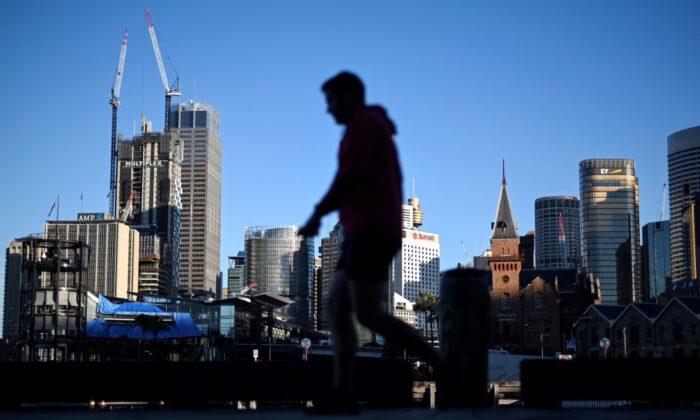Despite the rapid rate of the Omicron spread, the Australian economy will not suffer as hard compared to the period of Delta lockdowns, an economist said.
Deloitte Access Economics partner Chris Richardson said for the first time since the COVID-19 pandemic started, it looked like health and economic outcomes “won’t be in exact lock-step with each other.”
Deloitte’s latest Business Outlook report said the combination of high vaccination rates and high levels of savings meant resilience and recovery.
“Few things have generated much joy during the COVID era, but Australia’s job performance is one of them,” Richardson said. “COVID permitting, we see the unemployment rate flirting with 4 percent by end-2022.”
In the economic outlook for 2022, Deloitte predicts that over 100,000 people will return to the labour force, and over 200,000 people will find new jobs over the year. However, Australia’s population will be 700,000 smaller this year compared to pre-COVID forecasts.
It further predicts a rise in GDP by 3.6 percent, household spending by 6.4 percent, and business investment by 5.2 percent.
“For all its challenges, 2021 recorded the fastest growth in the Australian economy since 2007, making it the second-fastest growth seen in the past two decades. Deloitte Access Economics sees 2022 as a similar story, with Australia’s growth remaining above average as pandemic damage to the economy continues to be repaired,” Richardson said.
However, Omicron is currently heavily impacting “high touch” industries, such as trucking and distribution, which is evident in the food and grocery sector with empty supermarket shelves.
“That pain is probably temporary, but it is huge,” Richardson said.
While the federal government has been rolling out measures to help labour shortages caused by isolation rules, federal Health Minister Greg Hunt said there were signs that the spread of Omicron was peaking in the Eastern states.
After recently recovering from COVID-19, Treasurer Josh Frydenberg said lockdowns were undoubtedly worse than Omicron.






Friends Read Free